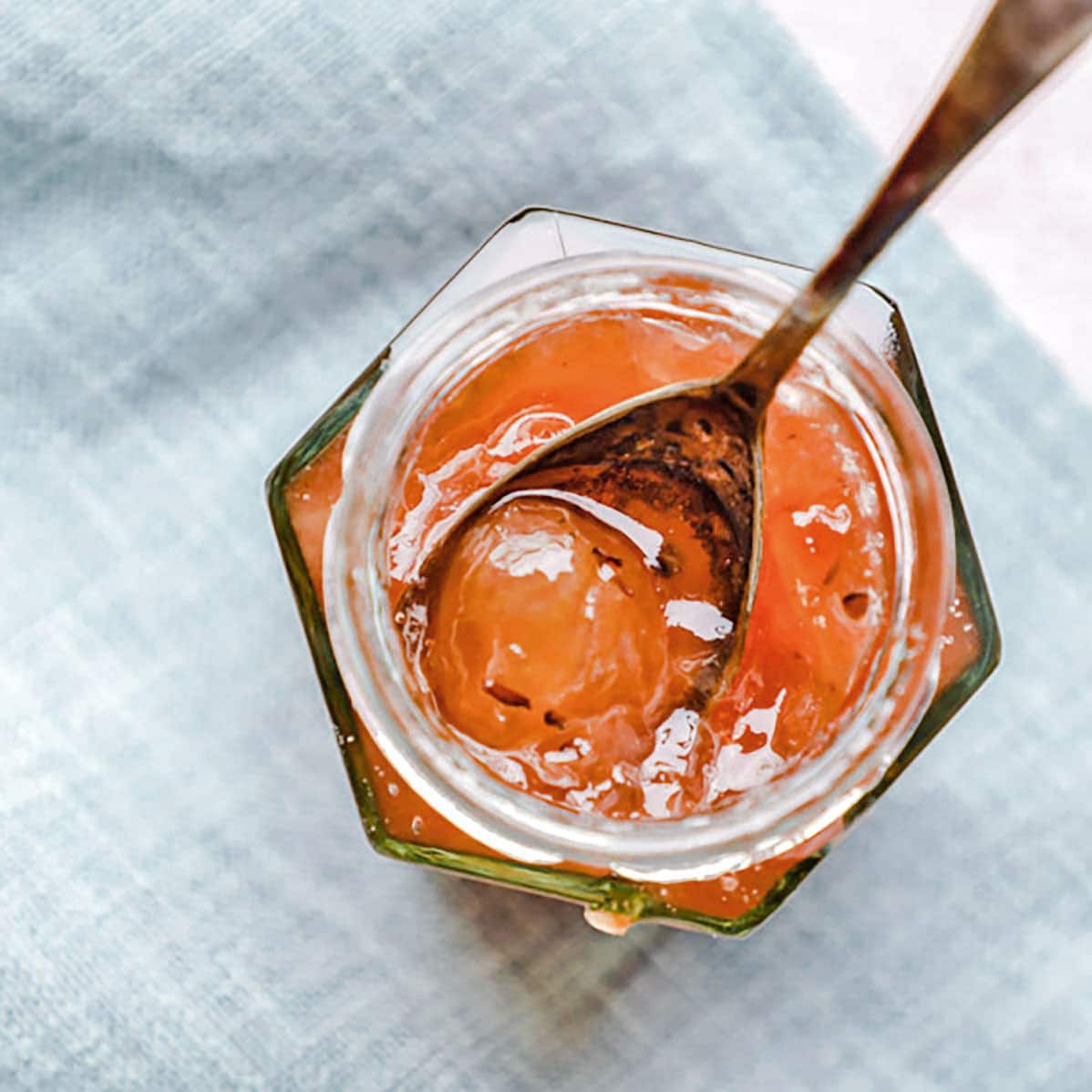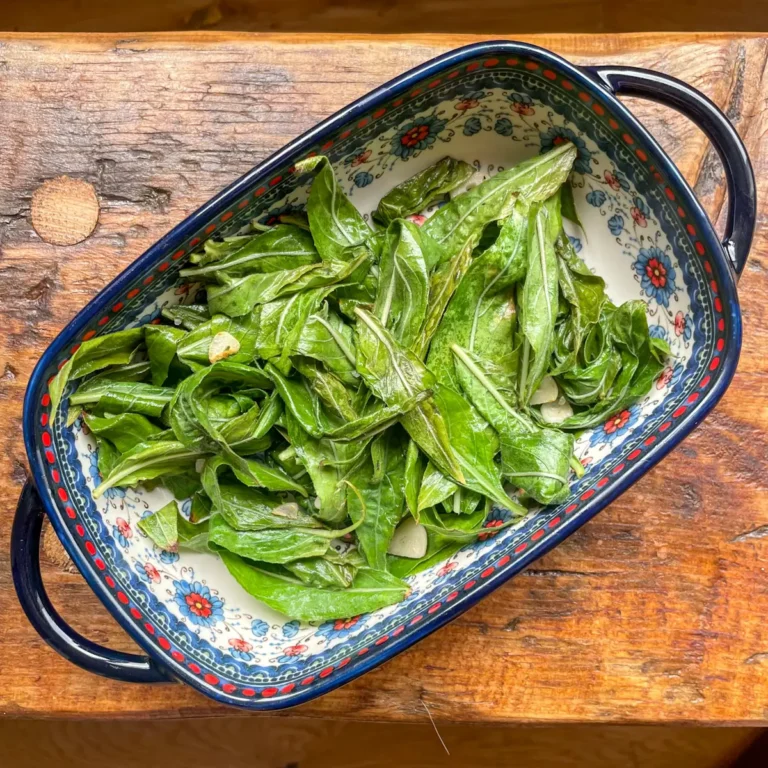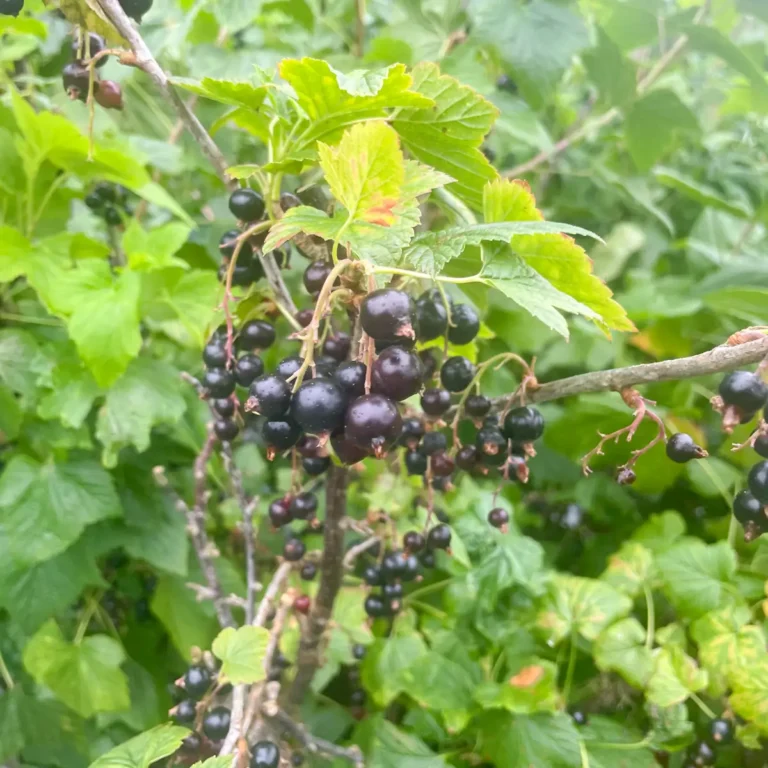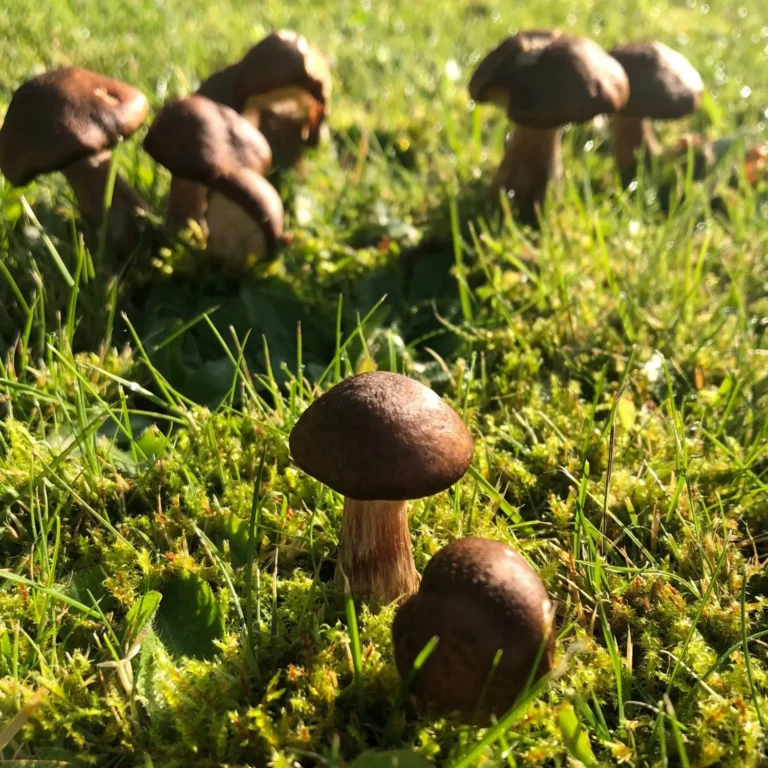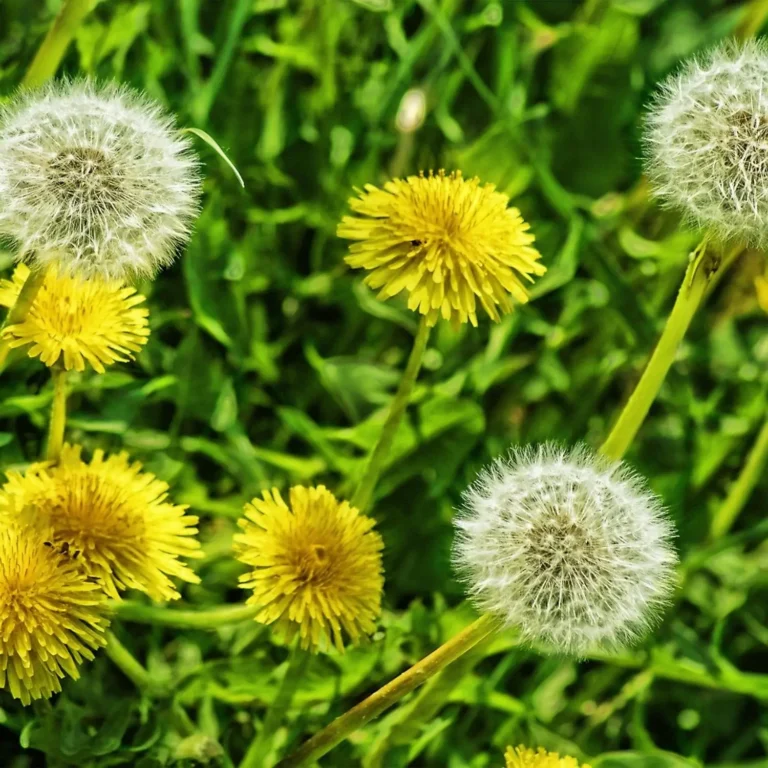Let’s talk about gooseberries – those tart, prickly little gems that feel like a childhood memory in fruit form. Maybe you remember them from a grandparent’s garden, or from a crumble so sharp it made your eyes water (in the best way). While most people think of them as a garden fruit, you can absolutely find them growing wild if you know where to look, and let me tell you, that moment when you spot a wild gooseberry bush is a small thrill every single time.
These berries might be a little shy – hiding behind thorns and tucked away in overgrown corners – but they’re full of flavour and charm. Perfect for jam, pies or savoury dishes, gooseberries are a versatile addition to any wild pantry.
How to Identify
- Berries: Look for round, slightly translucent fruits with faint stripes or ribbing. They start off green and some ripen into deep purples or reds depending on the variety.
- Size: Usually about the size of a small grape. Wild ones can be smaller and a little scruffier-looking than their shop-bought cousins.
- Bushes: These are tough little shrubs – spiny, low to medium height (up to about 1.5 metres), and very good at catching you out with a hidden thorn. Approach gently!
- Leaves: Small and lobed, a bit like tiny maple leaves. Soft and sometimes slightly hairy.
- Flowers: In early spring, you might see delicate, pinkish-green bell-shaped flowers tucked close to the stems.
Harriet’s tip: Look for that combo of stripy fruit, thorny branches and those cute lobed leaves. And don’t forget to bring gloves!
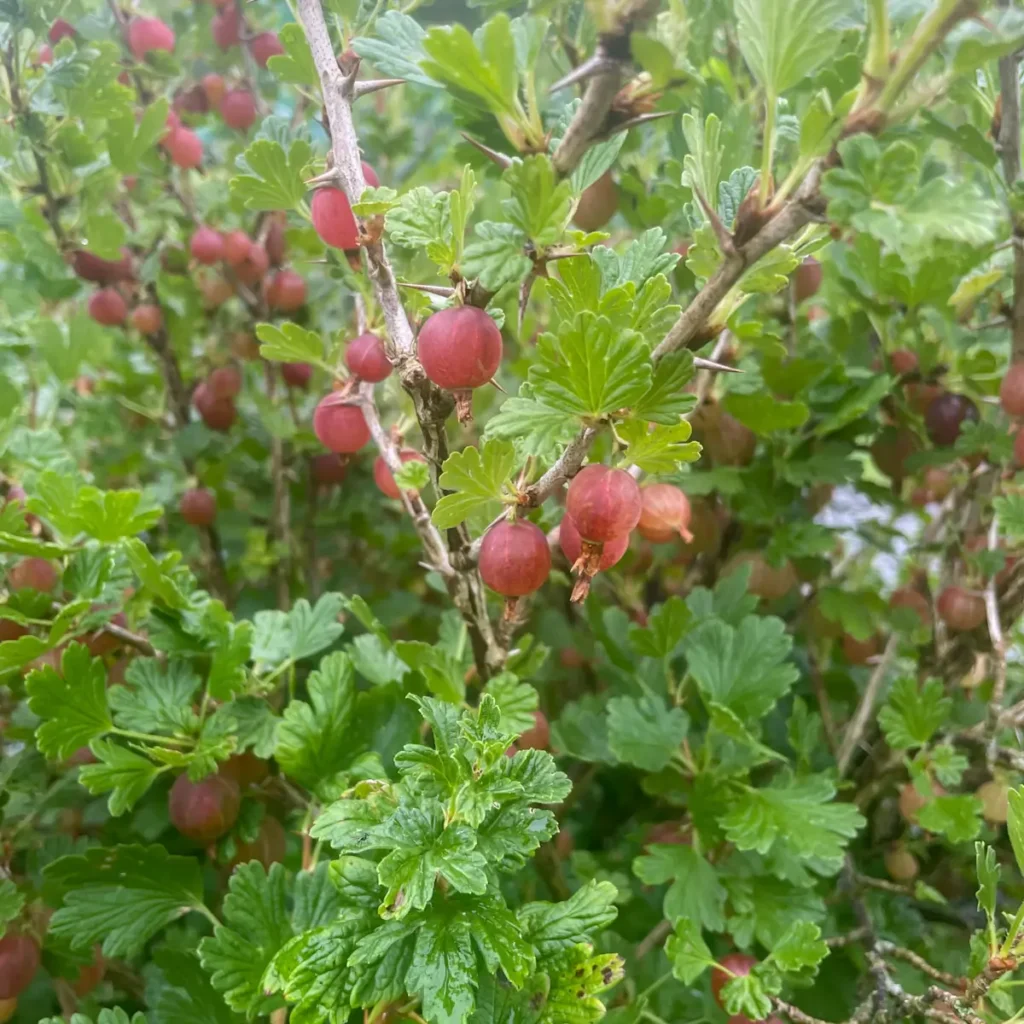
Where to Find Them
- Gooseberries aren’t as widespread as blackberries, but they are out there. Check old hedgerows, woodland edges, forgotten gardens and the fringes of farmland.
- They tend to pop up where cultivated plants may have spread or self-seeded over time.
I’ve found them in the most unexpected places: a half-wild footpath, the edge of an old railway line, even once behind a pub car park!
When to Forage
- Unripe (green): June – these are sharp and perfect for cooking into pies and chutneys.
- Ripe (red/purple/golden): July through early August – sweeter and ideal for raw eating or making jam.
Give the berries a little squeeze. If they’re slightly soft and come away from the branch with ease, they’re good to go. If they cling on like stubborn toddlers, give them a few more days.
Sustainable Foraging Tips
- Gooseberry bushes are delicate and their branches can break easily. Take your time and pick gently.
- Leave plenty for the birds (they adore them) and for the bush to reseed.
- If you’re foraging with kids, make sure they know about the thorns — sleeves help!
As always, take only what you need and never strip a plant bare. A little respect goes a long way.
How to Use & Store
- Green gooseberries: These are your go-to for cooking, they hold their shape and their zing.
- Ripe gooseberries: Softer, sweeter and perfect for jam, compote or a quick gooseberry fool.
- Topping and tailing: Yes, it’s a bit of a faff (removing both ends of each berry), but it’s worth it for a smooth finish in jams and sauces.
Storing tips:
- Keep unwashed berries in the fridge for up to a week.
- To freeze, top and tail first, then spread on a tray and freeze before popping into bags.
Frozen gooseberries are brilliant in smoothies or baked into a cake straight from the freezer.
What to Cook With Gooseberries
Gooseberries are a tart and delicious berry and they work beautifully in all types of cooking. Why not try:


